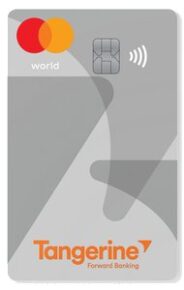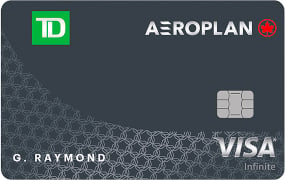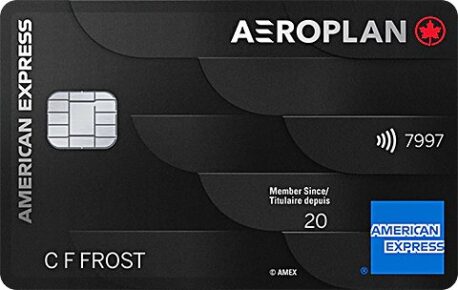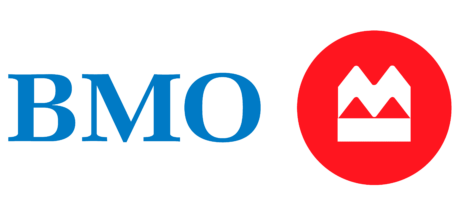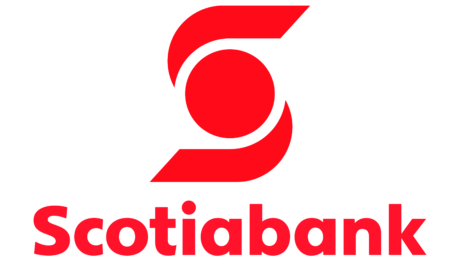Over the past decade, Canada has seen a growing number of online banks — also known as digital banks or virtual banks — make a mark on the country’s financial landscape.
What is an online bank?
Online banks in Canada are different from traditional banks that also offer some online banking services. Online-only banks usually do not have any brick-and-mortar branches and all of their services are provided virtually.
Online-only banks tend to be subsidiaries of credit unions or traditional banks. For example, motusbank is a subsidiary of Meridian, and Tangerine is a subsidiary of Scotiabank. However, some online banks, like WealthONE Bank of Canada, are independent financial institutions.
Online banks vs. traditional banks
Online banks offer many of the same everyday banking services as traditional banks, but they rarely have physical branches. As a result, digital banks’ operating costs are much lower, allowing them to offer lower fees and better interest rates to customers.
In particular, the online savings accounts and guaranteed investment certificates (GICs) offered at online-only banks tend to earn higher interest rates than traditional banks, which have a lot of overhead costs.
One drawback of online banks is the limited spectrum of additional financial services they can provide. Digital banks may not offer chequing accounts, credit or debit cards linked to ATMs, full investing services, or financial advising services — making it tedious to directly withdraw funds from your accounts.
How does an online bank work?
An online-only bank requires you to do all your banking transactions online or via an app on your phone or tablet. Everything is managed online including opening an account, receiving direct deposit and paying bills online, so there’s no need to ever visit a physical location.
Since fewer online banks offer chequing accounts or ATMs, you’d first need to transfer money to another bank if you want to access cash from your account. If you need support, you’d have to contact customer service via phone, email or chat because there are no branches where you can get help in person.
Types of online bank accounts
Many online-only banks offer the same types of accounts as traditional banks, including:
- Chequing accounts.
- Savings accounts.
- High-interest savings accounts.
- Tax-free savings accounts.
- Registered retirement savings accounts.
- Registered retirement income funds.
- Business accounts.
Some online-only banks, like EQ Bank and Tangerine, may even offer mortgages and investment accounts.
Offerings vary by bank, so before you open a bank account, make sure you’re choosing a digital bank that will meet your needs.
Are online banks safe?
Online banks may seem less secure than traditional banks because they’re less familiar and don’t usually have physical locations where you can speak face-to-face with a representative. But by and large, fears about the safety of digital banks are unwarranted.
Any reputable, federally regulated financial institution — including online-only banks — will be a member of the Canada Deposit Insurance Corporation (CDIC), which insures eligible accounts up to $100,000. To ensure your money is safe, check whether or not your financial institution is a member of the CDIC.
Note that provincially regulated credit unions are not covered by the CDIC, but are protected by a provincial deposit insurer.
Pros and cons of online banks
If you’re deciding between an online bank and a traditional financial institution, make sure you consider your banking habits as well as weigh the pros and cons of a digital bank.
Pros
- Low or no transaction fees.
- Higher interest rates on savings than traditional banks.
- Standard account options.
- May not require a minimum balance.
Cons
- Requires prospective account holders to have an active account with another bank to open and fund the new online account.
- Limited or no in-person service; customer service is often available only via phone, chat or email.
- May not offer chequing accounts or ATMs.
- May offer fewer services and financial products.
How to open an account at an online bank
If you’ve decided an online bank is right for you, opening an account is a relatively easy task. Note that many digital banks require account holders to be Canadian residents, be the age of majority in their province or territory, and have a Social Insurance Number (SIN) and an active account with another bank.
- Use the digital bank’s online banking portal to fill in your application, complete the verification process, and set up your online account.
- To complete your application you may need to:
• Scan your government-issued photo ID, such as a driver’s licence or passport.
• Upload a proof of your residency document, such as a bank statement or Notice of Assessment.
• Take a selfie to help verify your ID.
• Provide a digital signature. - To fund your account, you’ll have to link another bank account that allows you to send e-transfers or make direct deposits. This linked account will facilitate money transfers between accounts and give you more options for withdrawing cash.
- Finally, make sure you download the mobile banking app so you can access your account when you’re on the go.
DIVE EVEN DEEPER

How to Open a Bank Account
You can open a bank account online, over the phone or at a branch. Make sure you have two forms of identification ready.

What is a Chequing Account? How Do I Use One?
A chequing account is a bank account for everyday expenses. You can have your paycheque deposited directly into it and use it to pay bills, make purchases and withdraw cash.

How to Transfer Money in Canada
Need to send money to a person or business? Here are the fastest, easiest ways to transfer money in Canada.

Canada’s 21 Best Online Savings Accounts for 2024
Online savings accounts offered by virtual banks have competitive interest rates and low or no fees.
